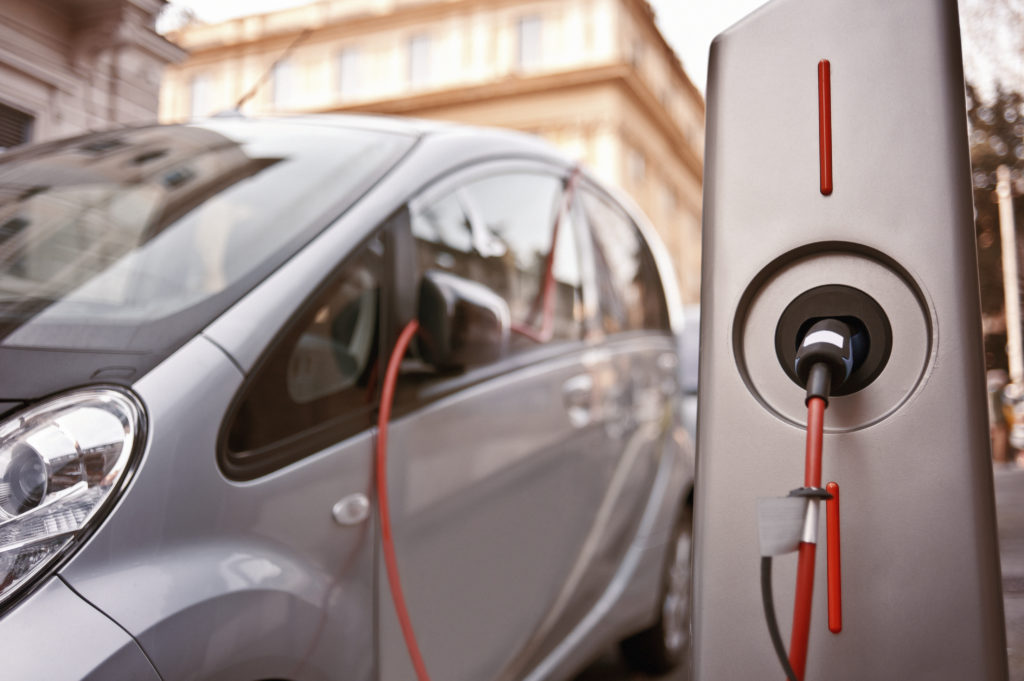How the Energy Management Circuit Breaker Can Benefit Utilities and Customers
In the near future, it may be common for utilities to send texts to homeowners or businesses alerting them that their compressor isn’t functioning properly or that the filter on their air conditioning unit needs to be replaced. Avoiding a compressor failure and keeping an AC unit at peak efficiency can save utility customers a lot of money and prevent headaches.
Such preventive maintenance is possible only when utilities and customers have accurate, real-time views of how specific devices are consuming electricity, made possible through ‘signature analysis.’ “When a unit runs properly, it exhibits certain operating characteristics,” said Tom Reddoch, an EPRI senior technical executive. “When you start seeing deviations from the normal characteristics, you can quickly realize that something is not right.”
Historically, such detailed measurements have been unavailable: electric meters measure aggregate watt-hours for billing. But that may soon change with a device called the energy management circuit breaker (EMCB). Developed by Eaton Corporation, the EMCB is installed in a residential or commercial circuit breaker where it can continuously monitor voltage, current, and real and reactive power consumed by the appliances and devices for that circuit. This monitoring also can be used in real time to help with voltage control, power management during system restoration or peak load, and other aspects of distribution system management.
When the EMCB is combined with secure WiFi communication for data transmission, both utilities and their customers can monitor and control electricity use. For instance, smartphones can be used to open and close a circuit breaker to save energy or to address concern about an end-use device failing. The EMCB can also enable more cost-effective electric vehicle charging.

“Today, if you want to charge an electric vehicle at 240 volts, the National Electric Code requires you to spend at least $500 on special equipment that can include a three-prong wall outlet connector, a power supply cable, and a vehicle connector cable,” said Reddoch. “The EMCB eliminates the need for both this equipment and the charger itself. All you need is a charging cable to connect the power source to the vehicle and the EMCB.”
For utilities, more precise measurement of devices and electric services can enhance demand response, inform more equitable rate design, and help integrate distributed energy resources.
The EMCB has shown promise in EPRI laboratory tests and in preliminary field deployments. Now, EPRI is working with 12 member utilities to test its performance in diverse applications at residences, businesses, and government sites across the United States. So far, 280 devices have been installed at 80 sites.
The utilities have opted to use the EMCBs to monitor more than 20 end-use loads, including HVAC equipment, hot water heaters, EV charging stations, photovoltaic systems, pool pumps, street lights, batteries, and even an aquarium.
“We want to see if the device performs per its specifications, what its weak spots are, whether it fails in conditions of extreme heat and cold,” said Reddoch. The project will also provide feedback to improve user interfaces and identify new applications.
The initial field results are encouraging. The EMCB hardware and WiFi communication have worked exactly as expected. The testing has also revealed the need for improvements in certain software systems—one (developed by Eaton) that sends commands to and retrieves data from the devices, and another (developed by EPRI) that presents the data in a usable format.
“In the field, we have observed some flaws, but they are manageable and are being corrected,” said Reddoch.
EPRI continues to gather data and examine the power profiles of water heaters, HVAC systems, and other devices in homes and businesses outfitted with EMCBs. Those will be included in EPRI’s electric load shape library, which utilities can access to improve their operations and efficiency. “The profiles can help utilities more easily execute load control or manage end uses,” said Reddoch. “If you have three electric vehicles being charged on one transformer, you could manage them so that they won’t overwhelm the transformer.”
When the first round of field tests ends in August 2018, participants will have the option to continue for another two years. Another possibility is for EPRI to help utilities design programs that encourage customers to incorporate EMCBs into their homes or businesses. Utilities that did not participate in the first round of field tests can still join this second phase of activities.
“This device gives us a viewing port into the operation of the electric system. It makes it highly visible,” said Reddoch. “It allows for a wide range of actions that can provide benefits to both utilities and customers.”
EPRI Technical Expert:
Tom Reddoch


